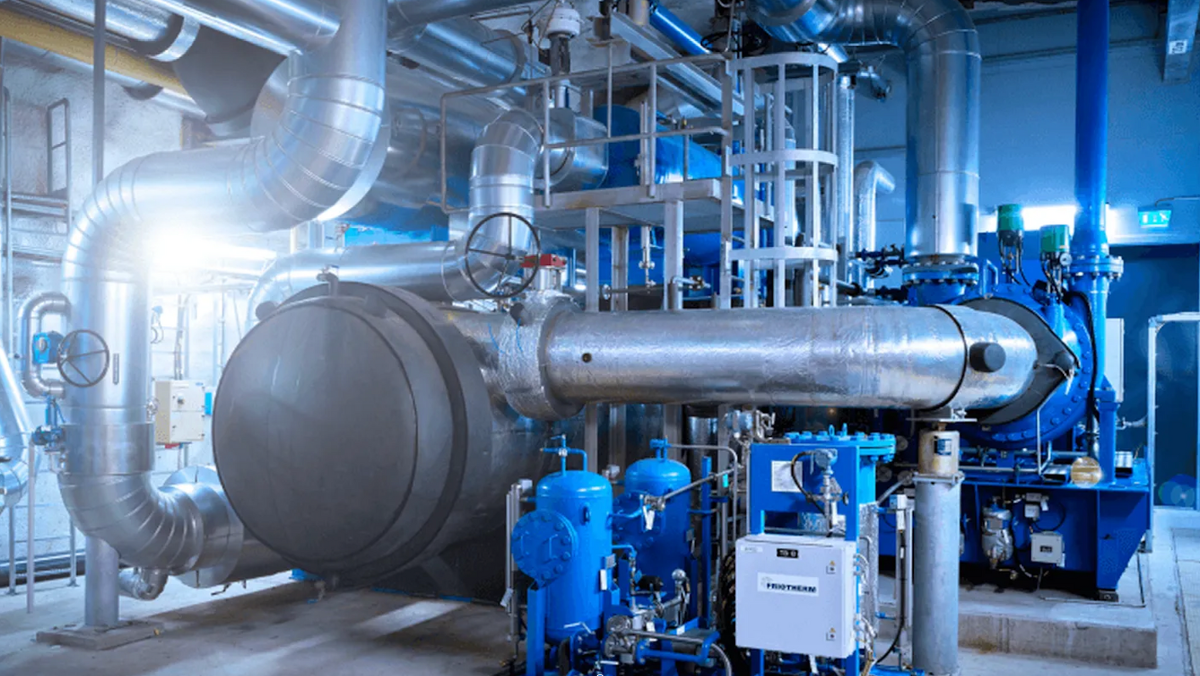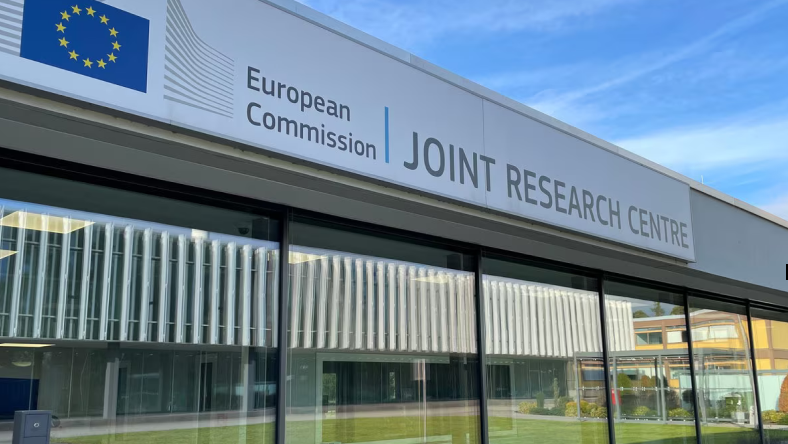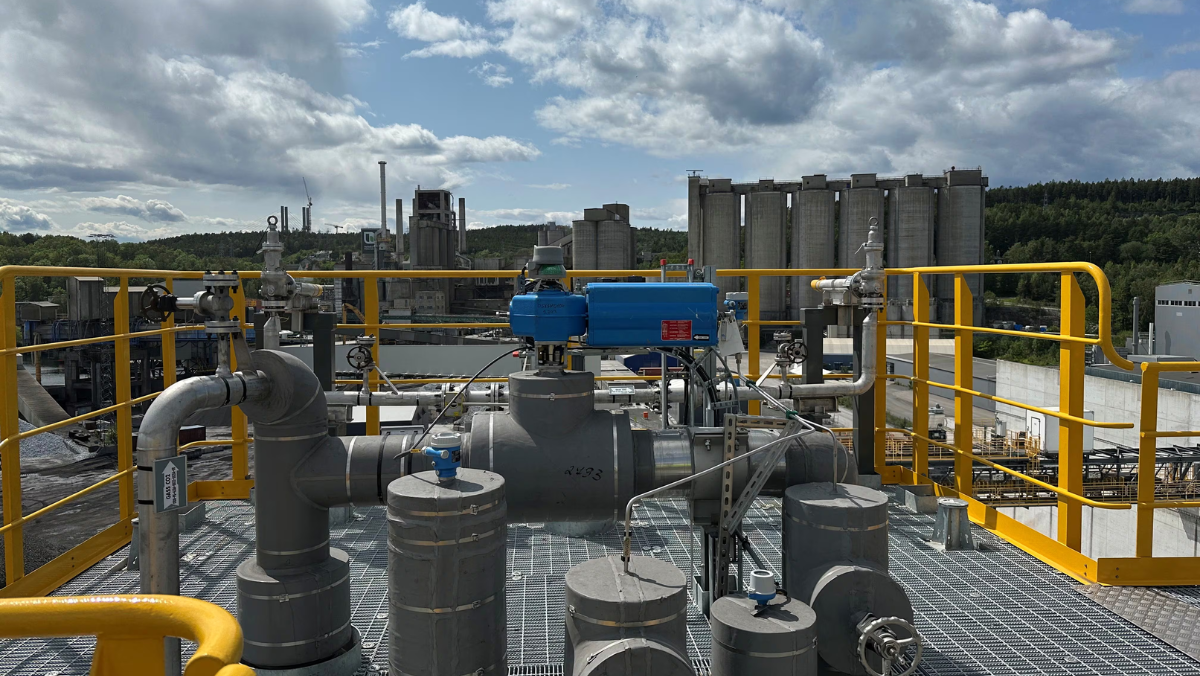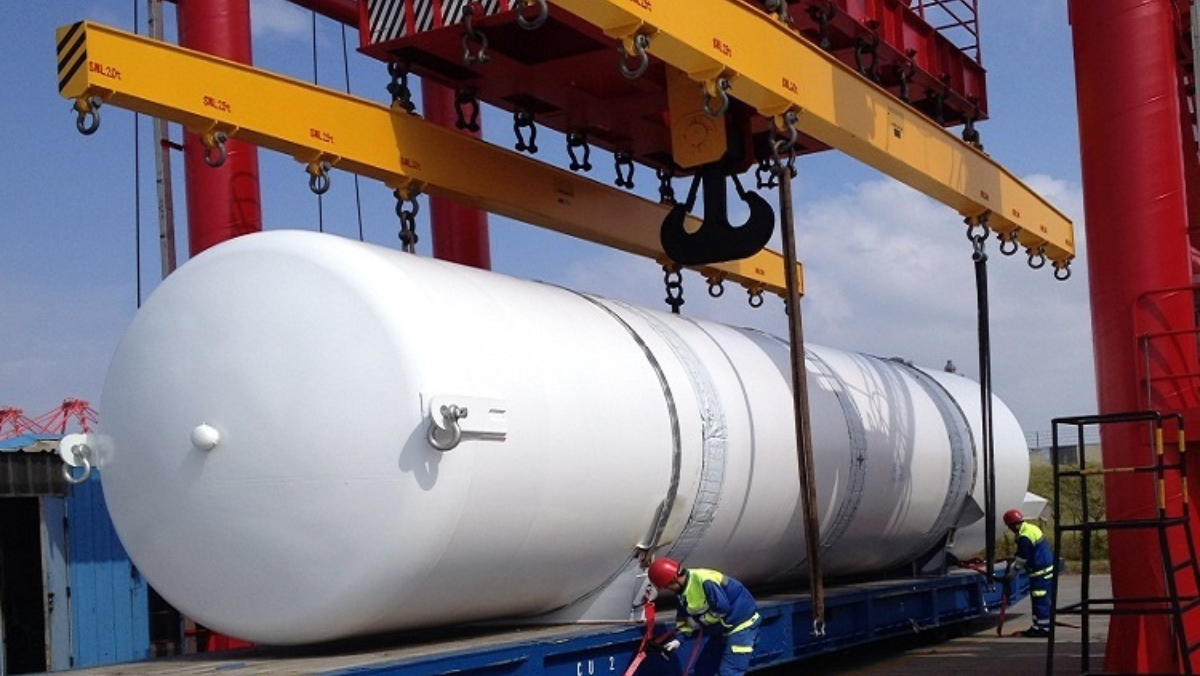TECHNOLOGY
How Digital Twins Are Reinventing Europe’s Carbon Future
Porthos’s digital twin merges data and design to make carbon storage smarter and safer
15 Oct 2025

Europe’s carbon capture industry is entering a new phase as digital twin technology begins to redefine how emissions are stored and monitored. In the Netherlands, the Porthos project, a cornerstone of the nation’s decarbonization strategy, is introducing a full-scale digital replica of its carbon transport and storage system, a first for the region’s clean energy transition.
Developed through a partnership between Gradyent and the Dutch state energy company EBN, the model, known as Calysto Porthos, simulates how carbon dioxide moves through pipelines and settles into reservoirs beneath the North Sea. The tool is designed to enhance safety, efficiency, and operational insight as Europe advances toward its net-zero commitments.
By integrating real-time sensor data with advanced analytics, the digital twin serves as a live operations platform where engineers can model scenarios without disrupting field activities. This predictive capability allows for early detection of anomalies, improved maintenance planning, and greater overall reliability. Early testing suggests the approach could yield measurable cost reductions and performance gains as more industrial emitters link to the Porthos network.
Analysts describe the initiative as a defining moment for energy digitalization in Europe. “We’re seeing energy engineering and data science converge,” said one Netherlands-based consultant. “Projects like Porthos show that carbon capture can be both innovative and commercially viable.” Similar efforts are under way elsewhere, including Norway’s Northern Lights project, which is experimenting with digital modeling to increase transparency and public confidence in carbon storage systems.
Challenges remain, from the cost of building high-fidelity virtual models to protecting cloud-based systems from cyber threats. Even so, policymakers are supporting digital innovation to improve permitting, compliance, and reporting under evolving climate frameworks.
The momentum is clear: Europe’s carbon capture sector is moving beyond demonstration projects toward connected, data-driven infrastructure. As more nations adopt digital twin technologies, these systems could form the foundation of a smarter, safer carbon management network, one poised to accelerate the continent’s path toward net zero.
Latest News
21 Nov 2025
Can Europe Connect Its Carbon Dots?19 Nov 2025
Germany Drops €6B and Ignites a Carbon Capture Race14 Nov 2025
Cold Capture, Hot Stakes: Can Freezing CO2 Scale Up?12 Nov 2025
Blockchain Becomes Europe’s Climate Watchdog
Related News

RESEARCH
21 Nov 2025
Can Europe Connect Its Carbon Dots?

INNOVATION
19 Nov 2025
Germany Drops €6B and Ignites a Carbon Capture Race

INNOVATION
14 Nov 2025
Cold Capture, Hot Stakes: Can Freezing CO2 Scale Up?
SUBSCRIBE FOR UPDATES
By submitting, you agree to receive email communications from the event organizers, including upcoming promotions and discounted tickets, news, and access to related events.